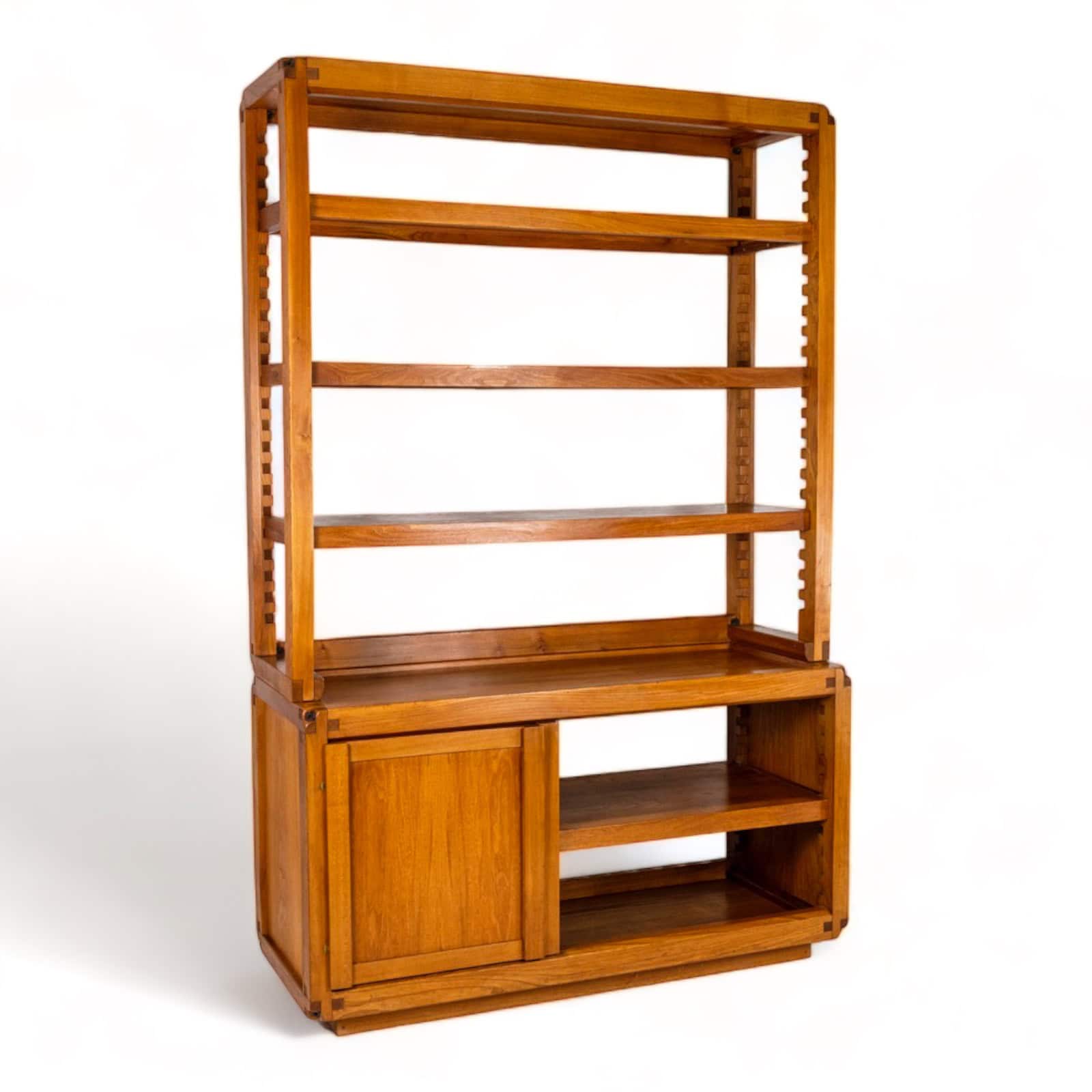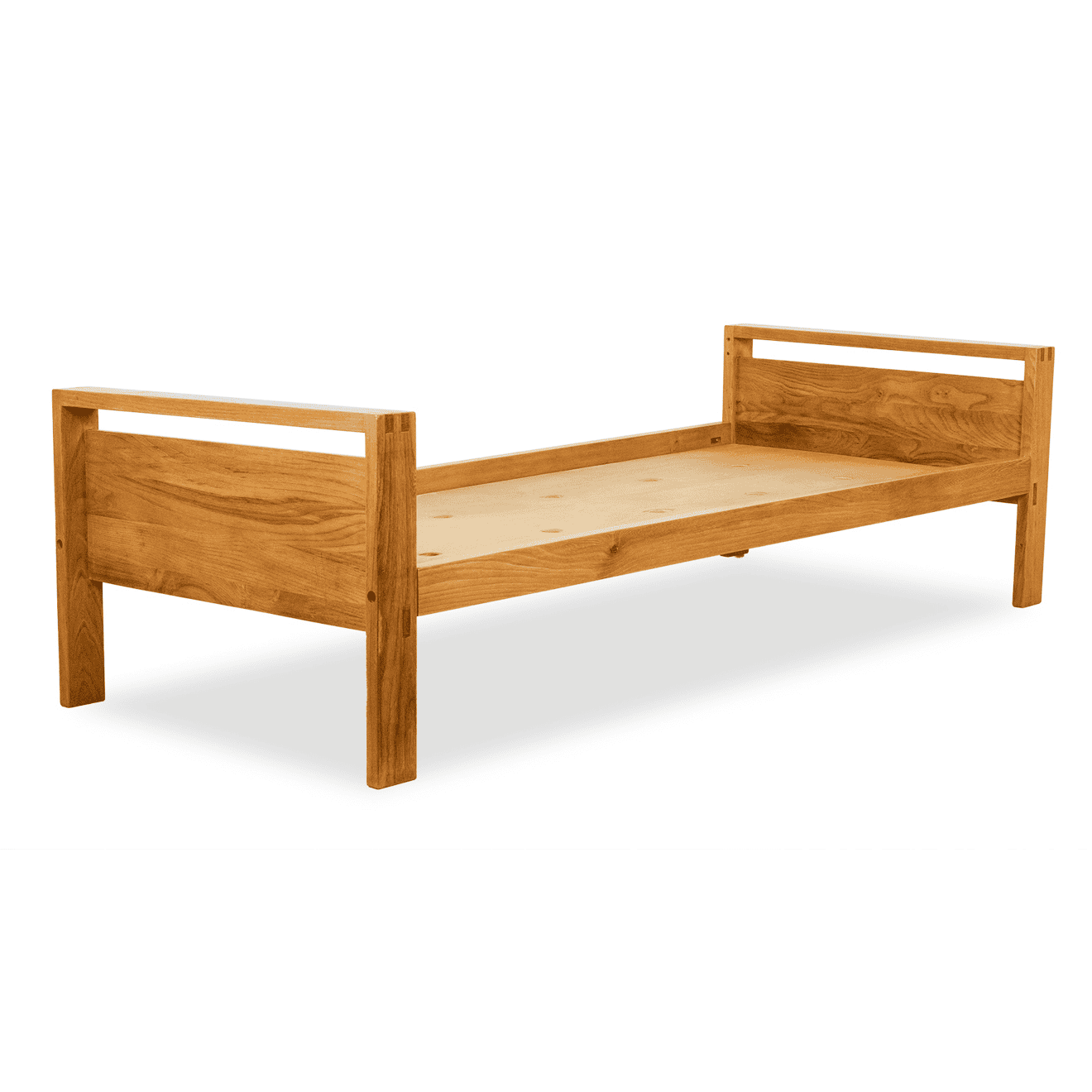Pierre Chapeau, a name synonymous with exceptional woodwork and minimalist design, has left an indelible mark on the world of furniture design. Renowned for their timeless elegance and meticulous craftsmanship, his pieces continue to inspire designers and collectors alike. This blog post delves into the life, work and philosophy of Pierre Chapoux, exploring the evolution of his style, his iconic pieces and the inspirations that shaped his unique style of furniture making.
Early life and education
Pierre Chapeau was born in 1927 in Paris, and grew up in an environment rich in artistic and architectural influences. His early fascination with woodwork and design led him to study architecture at the prestigious École Nationale Supérieure des Beaux-Arts in Paris. This academic foundation provided Chapo with a deep understanding of structural integrity and design principles, which later became hallmarks of his furniture creations.
The evolution of Chapo’s furniture style
Early influences
Chapo’s style evolved significantly throughout his career. His early works were greatly influenced by traditional craftsmanship and the Modernist movement. The simplicity and functionality championed by Bauhaus designers such as Ludwig Mies van der Rohe and Walter Gropius resonated deeply with Chabo. However, unlike many modernists who turned to industrial materials, Chapo had a deep connection to wood, which became the cornerstone of his creations.


It was pieces like these famous lounge chairs by Mies van der Rohe that greatly inspired Chapo’s work.
Embrace the beauty of wood
Chapo’s love for wood was not only aesthetic, but also philosophical. He believed in respecting the natural properties of the material, allowing its inherent beauty to shine through every piece. This reverence for wood is evident in his careful selection of woods and expert carpentry techniques. Chapo pieces often feature a solid wood construction, showcasing the grain and texture of the material in its purest form.




This 1970s era Chapo bench is in Styylish style It is Elm, which showcases the natural beauty and durability of wood. Its rectangular shape and grouping into straight tails reflect Chapo’s simple and timeless design aesthetic.
Made with meticulous attention to detail, this 1970s French work combines functionality with understated elegance. Whether placed in the entryway, living room, or bedroom, this bench adds style and functionality to your home decor
Signature designs
Throughout his career, Chapo has developed many distinctive pieces that embody his design ethos. The “B10” shelving unit and the “S45” chair are iconic examples of his work.




The B10 shelving unit, with its strong, clean lines and fine joinery, reflects Chapo’s commitment to structural integrity and aesthetic simplicity.




Known for its ergonomic design and sculptural quality, the S45 chair demonstrates its ability to seamlessly blend form and function.
Inspiration and philosophy
craftsmanship craftsmanship
Faith in craftsmanship was central to Chapo’s philosophy. Each piece of furniture was viewed as a work of art, meticulously handcrafted. This approach was in contrast to the mass production techniques that became prevalent during his era. Chapeau’s workshop in Gordes, a small village in the south of France, became a center of creativity and craftsmanship, where he and his team of skilled craftsmen produced limited editions of his designs.




Bed L06 is also present Made of solid blonde ash wood, it represents the famous craftsmanship and timeless design celebrated by Pierre Chapeau. The natural grain of ash wood adds a touch of elegance and warmth to any bedroom decor. It perfectly combines durability and aesthetic appeal.
Human-centered design
Chapo’s designs were also deeply human-centric. He placed a strong emphasis on the relationship between user and furniture, seeking to create pieces that were not only beautiful, but also functional and comfortable. His ergonomic considerations are particularly evident in his chair designs, which are celebrated for their comfort and support.
The influence of nature
Nature has been a constant source of inspiration for Chapo. He often compared the organic forms found in nature to the shapes he incorporated into his furniture. This connection to nature extended to his material choices and commitment to sustainability. Chapo believed in using sustainable, locally sourced wood, long before environmental awareness became a major concern.




Introducing the R14A Pierre Chapo Low Sideboard in Natural Elm, on Styylish today. Signed by ChapoThis low rectangular unit features five front drawers, providing ample storage space with a touch of elegance. The meticulous assembly into the straight tails demonstrates Chapo’s exceptional craftsmanship and attention to detail. It exudes a natural and warm charm that enhances any living space.
Legacy and continuing impact
Pierre Chapo passed away in 1987, but his legacy lives on through his timeless designs and the ongoing work of his family, who maintain the Chapo brand and uphold his standards of craftsmanship and design excellence. Today, Chapo furniture is highly sought after by collectors and design enthusiasts around the world. His work continues to influence the work of contemporary designers who share his commitment to quality and craftsmanship.




In an age where fast and disposable furniture and design have become so popular, Pierre Chapeau’s work serves as a reminder of the lasting value of well-made, carefully designed furniture that is built to last. His pieces are not just functional objects but expressions of a design philosophy that celebrates the beauty of natural materials, the importance of craftsmanship, and the timeless elegance of simplicity.
As we continue to search for meaningful connections with the things we surround ourselves with, the life and work of Pierre Chapoux offers powerful testimony to the enduring appeal of design that honors both the material and the maker.

